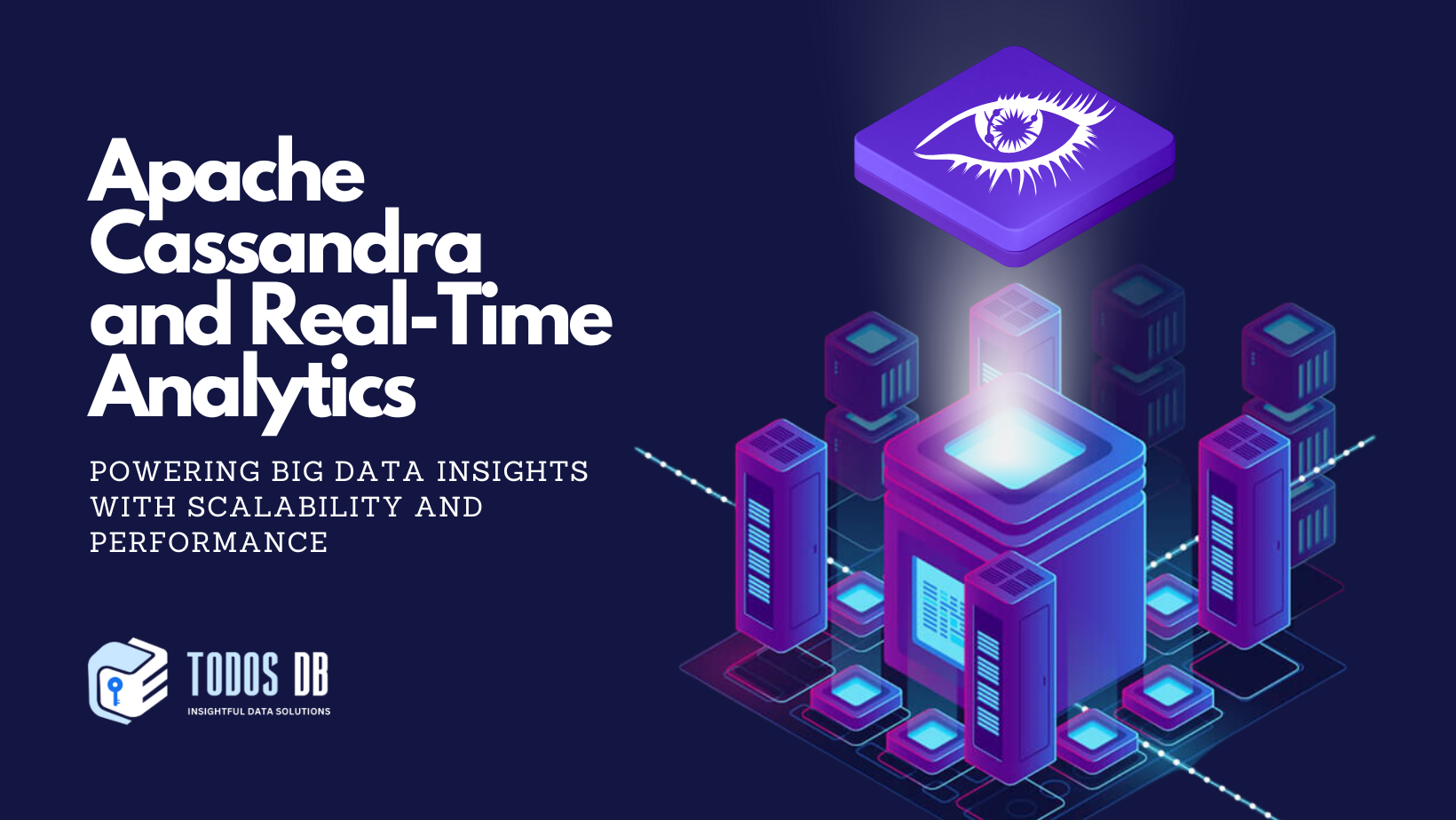The digital era is fueled by data, and organizations are struggling to manage the ever-increasing deluge. Real-time analytics has emerged as a critical tool, allowing for immediate insights and informed decision-making. Apache Cassandra, a distributed NoSQL database, plays a vital role in this landscape by providing a scalable and fault-tolerant foundation for real-time analytics.
Deep Dive into Real-Time Analytics
Real-time analytics involves processing data streams as they are generated. This contrasts with traditional batch processing, where data is stored and analyzed later. Real-time analytics empowers organizations to:
- React swiftly to changing circumstances: Identify trends, customer behavior shifts, or potential issues in real-time and take immediate action.
- Capitalize on fleeting opportunities: Real-time insights can inform dynamic pricing strategies, targeted promotions, or fraud prevention measures.
Industries like e-commerce, finance, and healthcare leverage real-time analytics extensively. For instance, in finance, it enables fraud detection within milliseconds by analyzing transaction patterns.
Apache Cassandra: Distributed Powerhouse for Big Data
Developed by Facebook, Cassandra is a distributed NoSQL database designed for massive datasets across commodity servers. Here’s what makes it ideal for real-time analytics:
- Distributed Architecture: Unlike traditional databases with a single point of failure, Cassandra employs a peer-to-peer model. Data is partitioned and replicated across a cluster of nodes, ensuring high availability and fault tolerance.
- Ring-based Partitioning: Data is distributed across a virtual ring, with each node responsible for a specific range (partition). This facilitates efficient data retrieval and load balancing.
- Tunable Consistency Levels: Cassandra offers tunable consistency levels, allowing you to balance data consistency with performance depending on your application’s needs.
- Flexible Data Model: Cassandra utilizes a wide-column store model, accommodating structured, semi-structured, and unstructured data. This flexibility is crucial for real-time analytics where data schema might evolve rapidly.

Cassandra’s Role in Real-Time Analytics
Apache Cassandra empowers real-time analytics in several ways:
- Linear Scalability: Scale your cluster horizontally by adding more nodes to handle increasing data volumes and workloads. This ensures smooth performance as your real-time data grows.
- High Availability: The distributed architecture with data replication across nodes guarantees uninterrupted service even during node failures or network partitions.
- Low Latency: Cassandra’s design and data partitioning minimize data access latency. This is crucial for real-time applications where insights need to be derived quickly from streaming data.
- Flexible Schema: Adapt to changing data requirements without costly schema migrations. Cassandra’s wide-column store model allows you to evolve your data model as your real-time analytics needs change.
Real-World Anwendungsfälle (German for Use Cases)
The synergy between Cassandra and real-time analytics unlocks valuable insights across industries:
- IoT Data Processing: Cassandra’s scalability and low latency make it perfect for ingesting, storing, and analyzing real-time sensor data streams from IoT devices. This enables predictive maintenance, remote monitoring, and real-time decision-making in various applications.
- Social Media Analytics: Social media platforms generate massive volumes of real-time data like user interactions and posts. Cassandra’s distributed architecture and high throughput are ideal for storing and analyzing these data streams, enabling sentiment analysis, trend detection, and targeted advertising in real-time.
- Financial Market Analysis: Real-time analytics is essential in finance for monitoring market trends, detecting anomalies, and executing high-speed trades. Cassandra’s low latency and fault tolerance make it suitable for processing and analyzing financial market data streams, enabling algorithmic trading, risk management, and fraud detection with minimal latency.
- Healthcare Monitoring: Real-time analytics plays a crucial role in healthcare for monitoring patient vital signs, detecting medical emergencies, and optimizing hospital operations. Cassandra’s scalability and high availability make it ideal for storing and analyzing healthcare data streams, enabling real-time patient monitoring, disease outbreak detection, and resource allocation.
Optimizing Cassandra for Peak Performance
To leverage Cassandra’s full potential for real-time analytics, consider these best practices:

- Data Modeling: Design your data model around query patterns for efficient data retrieval. Utilize denormalization and composite keys to optimize read performance.
- Partitioning Strategy: Choose an appropriate partition key to distribute data evenly across nodes and avoid hotspots.
- Compaction Strategy: Select the right compaction strategy based on your workload to manage disk space and improve read performance.
- Compression: Enable compression to reduce storage requirements and enhance read/write performance.
- JVM Tuning: Adjust JVM settings like heap size, garbage collection, and thread pools to optimize performance and prevent memory issues.
- Monitoring and Alerts: Set up monitoring tools (e.g., nodetool, DataStax OpsCenter) to track cluster metrics and configure alerts for potential problems like high latency or node failures.
- Hardware Selection: Choose appropriate hardware configurations (CPU, memory, disk) based on your workload to ensure optimal performance and scalability.
- Data Replication: Configure replication factor and consistency levels to balance data durability, availability, and performance considerations.
- Query Optimization: Use secondary indexes judiciously and consider denormalization or materialized views for complex queries to improve read performance.
- Regular Maintenance: Perform routine tasks like nodetool repair, compaction, and backups to ensure data consistency, optimize performance, and prevent data loss.
By following these best practices, you can optimize Apache Cassandra for real-time analytics and extract maximum value from your big data.
Conclusion
Apache Cassandra stands as a robust foundation for real-time analytics applications. Its distributed architecture, high availability, low latency, and flexible data model empower organizations to build scalable solutions for processing massive data streams and deriving actionable insights in real-time. As the demand for real-time data analysis continues to surge, Apache Cassandra remains a frontrunner, enabling organizations to harness the true power of big data and gain a significant competitive edge in the ever-evolving digital landscape.
